☰ Cardiff Scientific Society

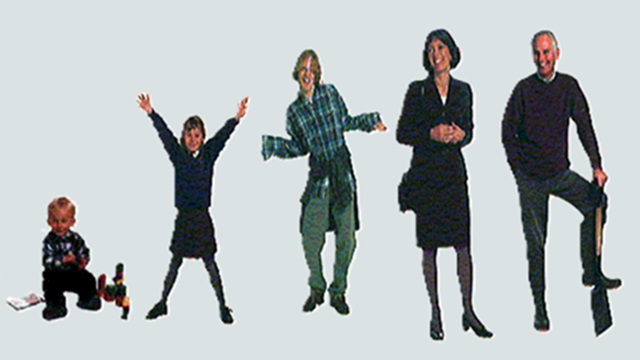
Atoms, Nutrition and Life
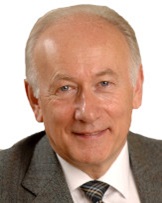
Professor Robert Pickard
Emeritus Professor of Neurobiology, Cardiff University
18th September 2024
Presidential Lecture
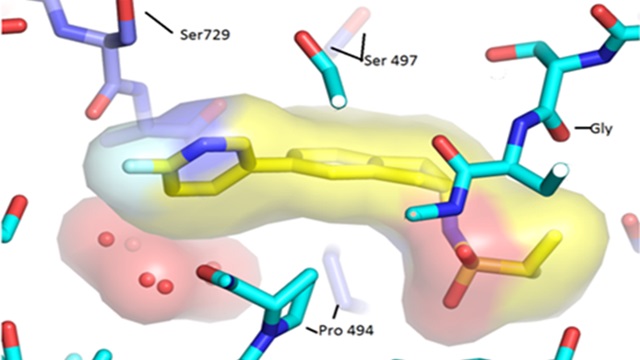
A how-to guide to developing drugs to address mental ill health
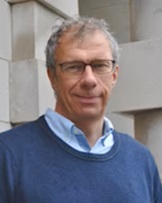
Professor John Atack
Director of Medicines Discovery Institute, Cardiff University
2nd October 2024
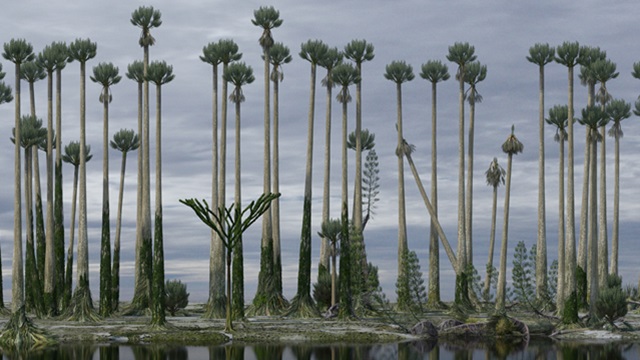
Origin, evolution and impact of the Earth’s first forests
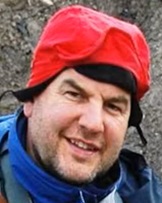
Dr Chris Berry Senior Lecturer, Cardiff University
16th October 2024
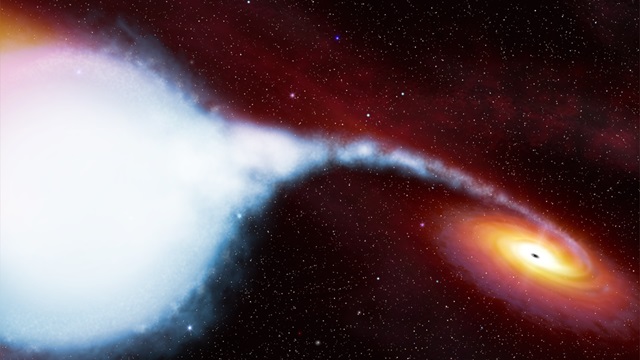
Black holes — what they are and how Nature makes them
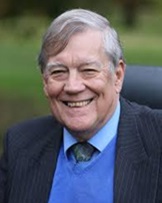
Professor Paul Murdin
Emeritus Professor, University of Cambridge
30th October 2024

Daring Innovators or Reckless Pioneers?
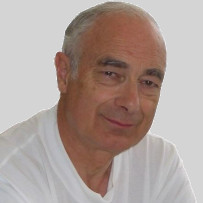
Professor Malcolm Wheeler
Cardiff University
13th November 2024

Fantastic Numbers and Where to Find Them: a journey to the edge of physics
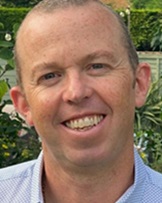
Professor Antonio Padilla
Professor of Physics, University of Nottingham
27th November 2024
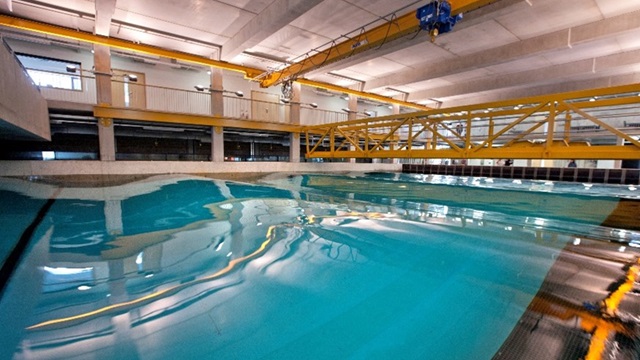
Harnessing the Oceans’ Energy
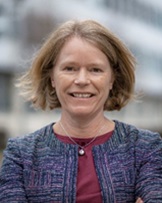
Professor Deborah Greaves
Professor in Ocean Engineering, University of Plymouth
12th February 2025
Sponsored by the Institute of Physics in Wales
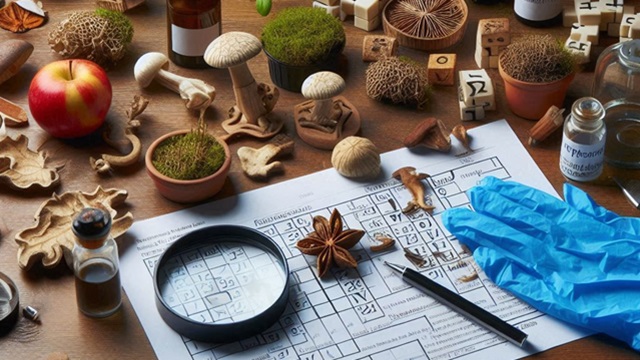
Forensic Ecology — Thinking outside the box

Professor Patricia WiltshireVisiting Professor in Forensic Ecology, Botany and Palynology, University of Southampton
26th February 2025
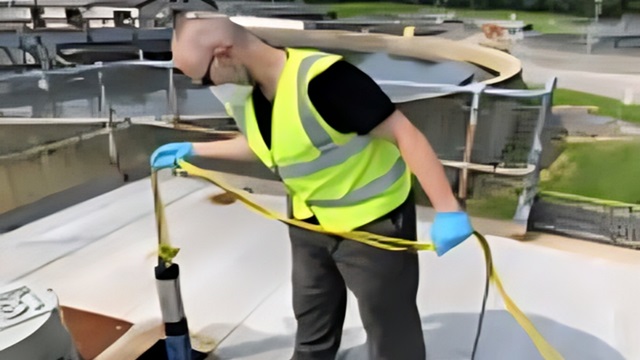
What can urban wastewater tell us about human behaviour and health in Wales
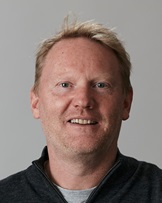
Professor Davey Jones
Professor of Soil and Environmental Science, Bangor University
12th March 2025
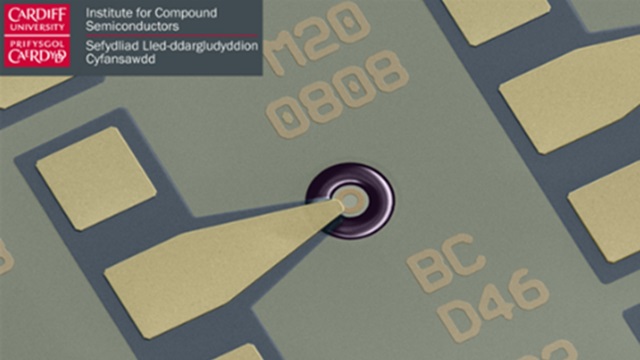
The Science of Manufacturing Semiconductors
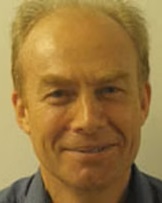
Professor Peter Smowton
Managing Director of Institute for Compound Semiconductors, Cardiff University
26th March 2025
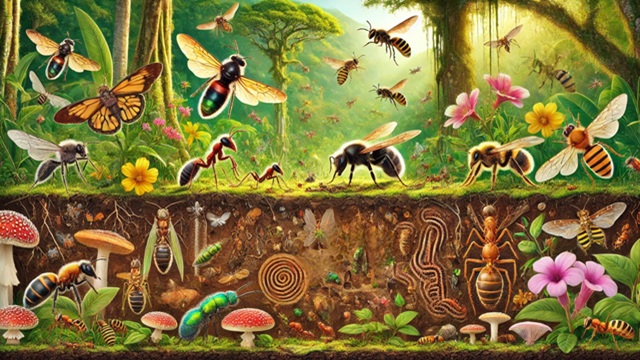
Insect Biodiversity in the Amazon Rainforest: from Army Ants to Carnivorous Bees
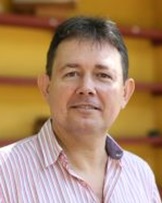
Professor Breno Freitas
Universidade Federal do Ceará, Brazil
9th April 2025
International Lecture
Sponsored by the Learned Society of Wales and the South East Wales Section of Royal Society of Chemistry
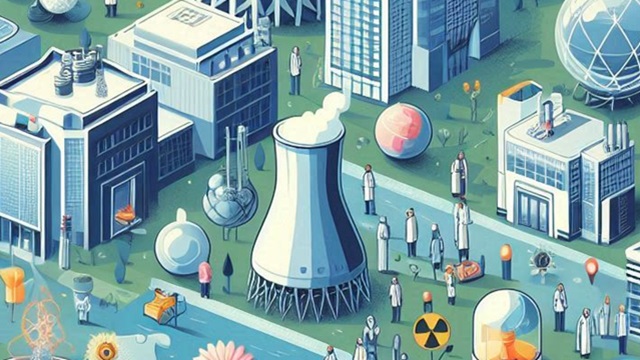
Harnessing the Atom — Nuclear Technology: Applications, Science and Skills
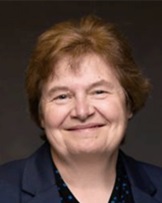
Dr Fiona Rayment President of the UK Nuclear Institute
23rd April 2025